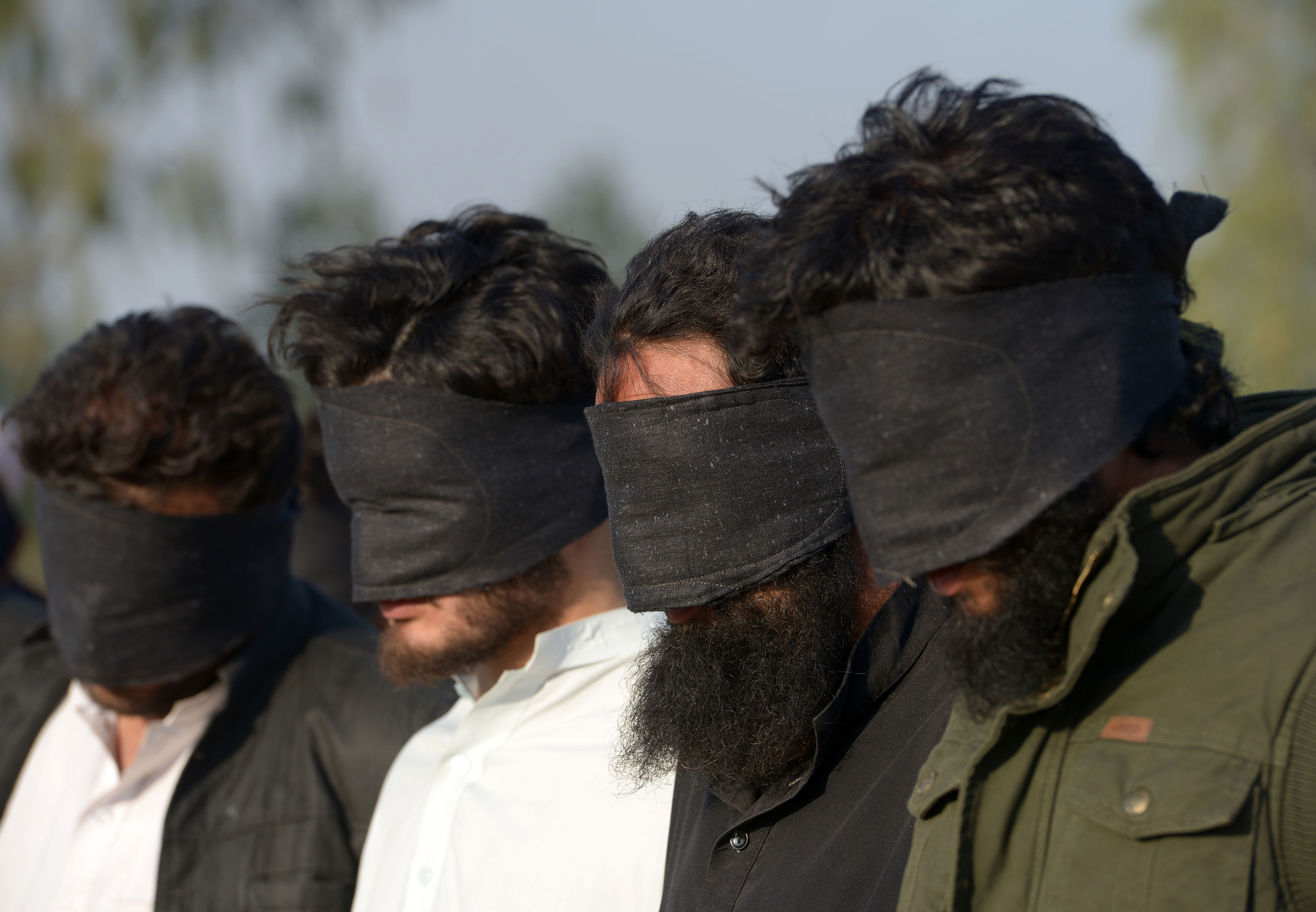
Courtesy: AFP
Muhammad Feyyaz
The typical non-state terrorism indiscriminately targeting the civilians erupted in Pakistan following the US invasion of Afghanistan during October 2001. It was predominantly sectarian prior to this war. Though remarkably contained owing to a coordinated and sustained national counter terrorism campaign by Pakistani military, law enforcement forces and strategic organizations, the threat persists. It has in fact simultaneously become ideologically more diffused and in substantial measures organizationally amorphous but increasingly atrocious manifest in the staggering death tolls across the entire country by fewer attacks than previously. Picking up impetus from early 2017, and continuing well into current year, the enabling conditions and the statistics project the specter of a violent landscape that looms large indeed without portending the probability of the magnitude of an existential threat experienced during the last decade.
It is not clear whether counter terrorism practitioners, policy makers and researchers in Pakistan take notice of trends and patterns underlying the seemingly uniform phenomenon but to be sure, clandestine political terrorism in this country since its advent has undergone fundamental changes. Attention is hence warranted to set the parameters for the public debate and to shape the agenda of the academic community as well as the government to effectively combat the threat. Ironically, the literature is also not sizeable enough to compose a distinct body of indigenous knowledge on the subject with a few noteworthy exceptions.
One important study during 2013 identified eight broad themes in the trend pattern of terrorism in Pakistan – (i) as expression of religious constructions; (ii) as a protest and rallying symbol (ideological); (iii) as instrument of policy (political); (iv) as violent criminal behavior (organized crime); (v) as a warfare implement (spatiotemporal swathe); (vi) as propaganda tool (visual warfare through media); (vii) as vengeance (norm) ;and (viii) as vigilantism (state function). The temporal scope of this research was the period between 2006 and 2012 when terrorism had become survival interest of the state. Another empirical contribution during 2014, which spanned examination of violence during the past three decades, engendered certain pattern of terrorist incidents in Pakistan encompassing its politico-religious nature, methodology and spatial dimension, and inferred that multifaceted character of terrorism in Pakistan correlates with changes in the geopolitical environment. Both of these renditions shared some implicit overlaps and had drawn from an earlier longitudinal dissertation (2010) that had investigated ‘incident Patterns, Terrorists’ Characteristics, and the Impact of Terrorist Arrests on Terrorism,’ in Pakistan. A major lacuna of these iterations specifically the latter two, was the lumping together violent acts performed as part of an insurgency, a nuanced civil war and sectarianism by up-the-surface rebels, political fronts and religious organizations with those constituting characteristic terrorism.
Further, the literature does not clearly point out that the first Pakistani militant group to break from broader Sunni social movement to go underground was Lashkar-e- Jhangvi. The Shia-Sunni violence in the preceding period was executed by the henchmen embedded within the organizational structures of religio-political organizations. Indeed perpetrations committed by LeJ and to an extent also by its twain, Jundullah, were and are terroristic but characterized by millennial beliefs. This typology of terrorism which is historic including among others, by the Zealots and Sicarii against the Romans and the Assassin creed against the Seljuk, is distinguished from conventional clandestine political violence.
There are few other publications mostly in form of security reports by research organizations like Pakistan Institute of Peace Studies, Islamabad, that focus on determining modulations in the organizational behaviour of oppositional violence manifested in its intensity, decline and emerging areas of terrorist activity. Such behaviour has also been at the centre of groups’ studies, primarily the consequences accruing from fracture of principal-agent relationship over policy change by the sponsor. This has produced in Pakistani context the renegades the like of Punjabi Taliban and Jamaat-al-Furqan etc from sectarian as well as Jihadi organizations who turned their guns against the state following the decision to participate in war on terror.
Somehow, the above configurations have become redundant if not entirely obsolete as the later text will demonstrate.
Up until the accidental assassination of Nawab Akbar Bugti in a search operation during August 2006, the drone strike on a TNSM madrassah in Bajuary agency in end 2006, beginning of the military operations in Swat during early 2007 and the storming of Lal Masjid by the military during July 2007, there were two distinct paradigms of violence – tribal warfare targeting Pakistan Army in FATA since late 2004, and the non-organizational but cell or small scale renegades driven terrorism in mainstream Pakistan primarily engaging state symbols and structures.
These events at once spawned a twofold variety of violent entities – Baloch armed groups and Tehrik-e-Taliban Pakistan (TTP) coalesced by earlier similarly loose Taliban avatars, and the reframing of millennialism by TNSM to embrace violent anti-state activism by dissolving cadres into newly born Swati chapter of TTP under Fazalullah. Even though Baloch armed militancy was compelled by political reasons and whereas it assimilated terror tactics more against non-Baloch settlers, it was not purely clandestinely organized activity due to at times pitched battles waged by insurgents against security forces as well as political support fringes within Balochistan sympathizing with their cause. It was essentially a reactionary low intensity conflict adopting terrorism among other means to propagate political objectives.
Nevertheless, what was particularly defining about this period was the genesis of non-sectarian religious terror organizations in Pakistan. Parallel with TTP, there were other formidable collectives already operating and evolved subsequently in various agencies of FATA and Khyber Pakhtunkhwa province lead by diverse ideologues – Gul Bahadur, Mangal Bagh, Panjsheris not to mention further fragmentation of LeJ, the Kashmiri Jihadi groups and other major organizations and individuals with international or global ambitions – Al Qaida, Islamic movement of Uzbekistan (IMU), East Turkestan Islamic movement (ETIM), Arab Afghans etc –
Intriguingly, consequent to military operation Zarb-e-Azb in North Waziristan launched during June 2014 accompanied coincidentally by the rise of Daesh and installation of its Khorsan chapter in Pak-Afghan region as well as the later announcement of Al Qaida in Indian Subcontinent (AQIS), another unique trend has been produced which despite continually growing albeit isolated information in this field of study, has found least if any reference for conceptualization as a novel phenomenon in the journalistic, security and academic literature and has also largely remained unnoticed among practitioners.
Practically, it is symbolized by (a) the end of organization based terrorism, (b) the inflection in the notion or perception of effectiveness of terrorism and (c) diffusion of encouraging ques for radicalization and violent means among more educated and affluent segments of society. In ways, it can be assumed that the effective life cycle of non-sectarian religious which spanned between seven and eight years, has come to end and with it Pakistani Taliban’s revolutionary goals, nonetheless the radicalism, not necessarily religious, but possibly inspired by moral outrage and end of times narratives of Daesh and Ghazwa-e- Hind of AQIS, seems to be taking root and are socially proliferating.
Conceivably, the catalyst to the metamorphosis (a & b ) lies in a number of outcomes generated by Zarb-a-Azb i.e., (i) critical severance of operational capability by dismantling infrastructural or industrial potential of terrorists, (ii) squeezing of human resource (including of IMU and ETIM) through a range of repressive, legal and social actions, programs and initiatives i.e., capture and trial, battles, encounters / string operations, capital punishments, disengagement, de-radicalization, movement restrictions, financial strangulation and (iii) and most importantly the forced cross border displacement of organizational or command and control habitats of TTP and its local as well as foreign affiliates. Al Qaida Centre had already been decisively eliminated through earlier military operations or the remainder of it had relocated to Middle East theatre.
In particular, the third change by implication, has forced TTP to contract trans-border safe havens under the protective shelter of the Afghan and Indian intelligence agencies. The pre-June 2014 paradigm of terrorism in Pakistan has therefore faded if not completely ceased. Resultantly, TTP, its cadres and other splinters residing in border regions of Afghanistan, have lost erstwhile autonomy, and become almost entirely subservient to their foreign handlers. Because their long term goals of political change (supposedly imposing of shari’a) are no more possible also due to absence of popular support, these have likely changed to short time survival stakes to placate the Principals. The concept of effectiveness of terrorism has also transformed i.e., success of terrorism is no more translated by the destruction or erosion of the state and its political system or cultural ethos of Pakistani population, but merely to perpetuate violence for fomenting instability specifically in FATA, parts of Khyber Pakhtunkhwa and Balochistan, the latter due to its enhanced geo-strategic and economic significance in the wake of CPEC enterprise.
In real terms, Pakistan thus needs to manage two states (Afghanistan and India) sponsored proxy war, and overwhelm conspiratorial ‘ideas,’ by Daesh and AQIS. For the former, it is imperative to continue strengthening western border control processes and mechanisms, to proactively engage Afghanistan based on mutuality of interests, and lastly, the aggressive pursuit of covert efforts to disintegrate the TTP and other groups from within evinced by surrendering terrorists, to its keep-internal dynamics of whatever left of Pakistani Taliban fluid. All said and done, however, to checkmate ‘ideas,’ it is ultimately the domain of strategic communication where heavy investment is called for to prevent breeding of violent extremism in the society and formation of terrorist cells or small group as and when arise.
Muhammad Feyyaz is an Assistant Professor at School of Governance and Society, University of Management and Technology, Lahore.

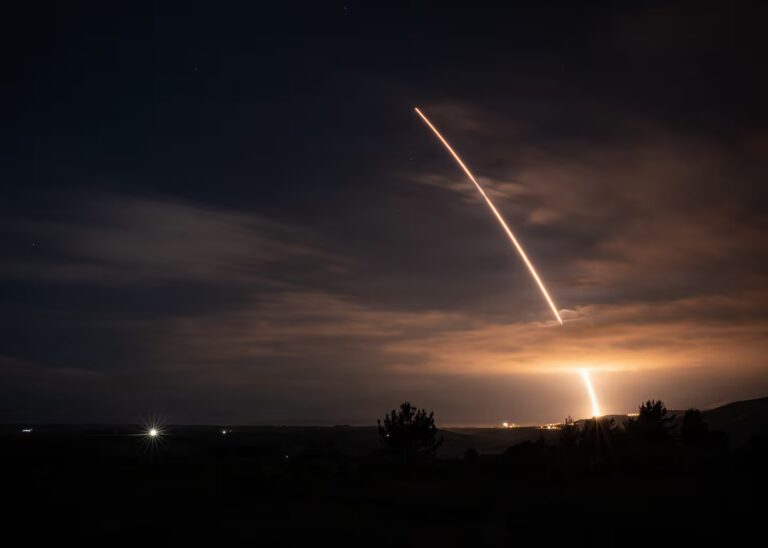
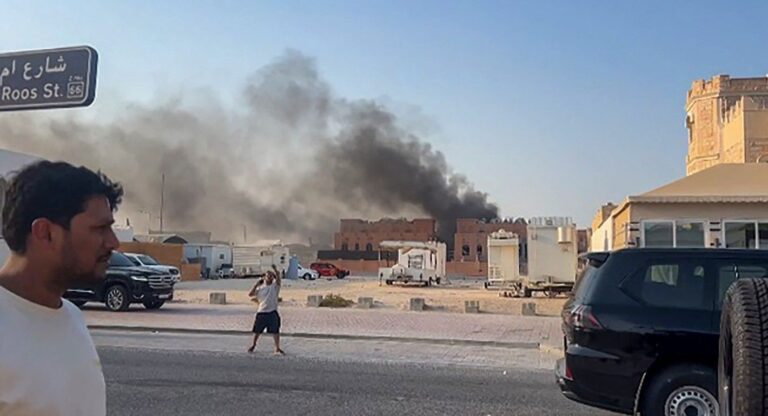
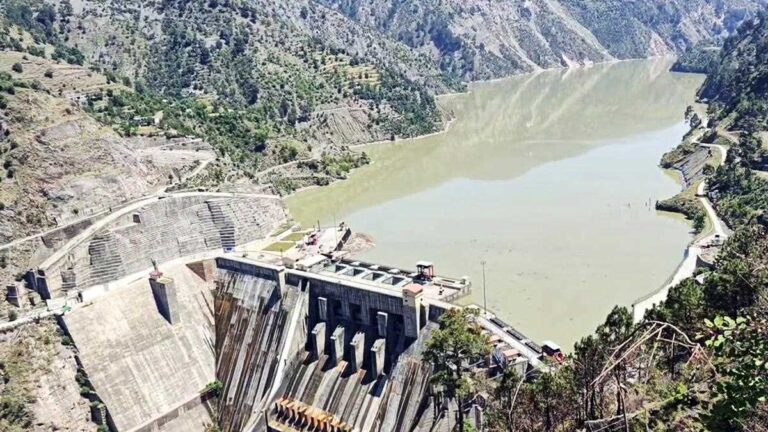
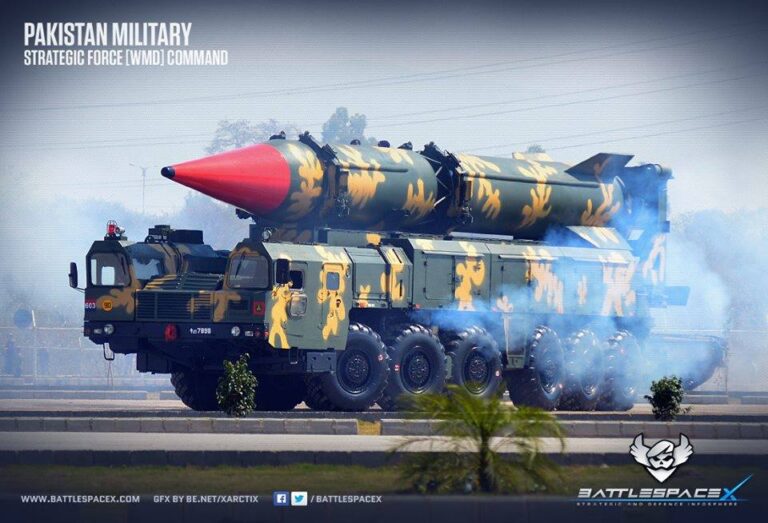
There is a security interdependence which lies between India, Pakistan, and Afghanistan, therefore it is clear that India is motivated to establish an Indian centered order in the South Asian region which may not go in the favor of Pakistan’s peace and stability.